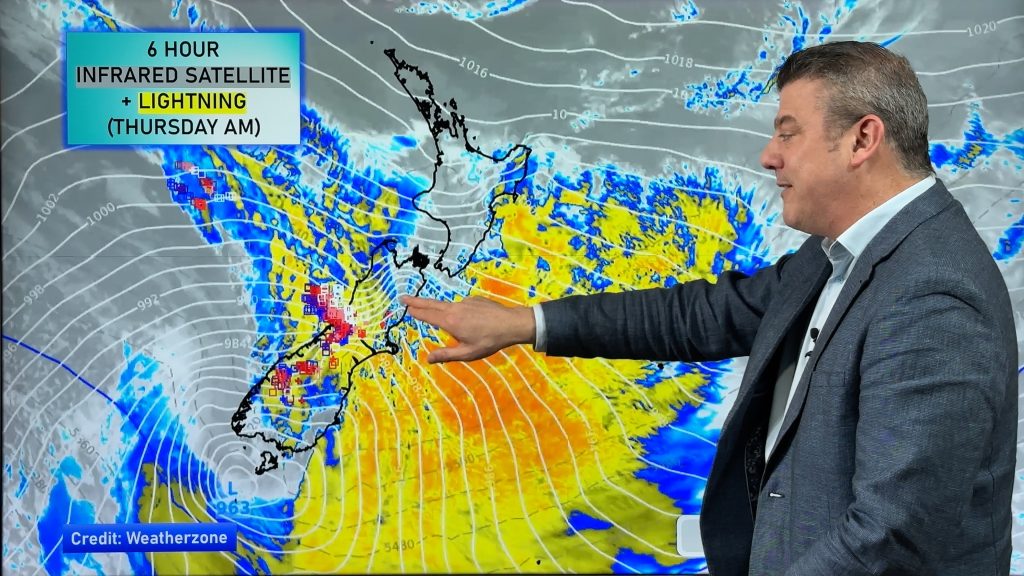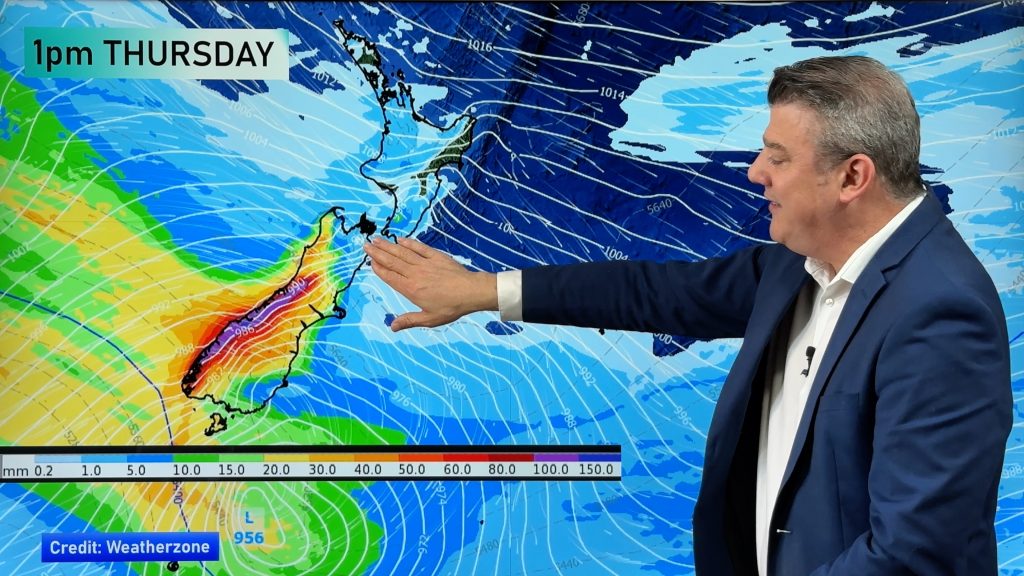
> From the WeatherWatch archives
The warmest August on record along with an early start to spring westerlies means some parts of the country are now starting to dry out.
In particular eastern areas, which have seen temperatures as high as 24 degrees in recent weeks, are noticing the dry weather kicking in early.
With talk of El Nino forming farmers may be getting concerned at the early dry spell, however WeatherWatch.co.nz head weather analyst Philip Duncan says it’s too early to ring any alarm bells. “What we saw in August was basically a ‘blip’ in the weather patterns that lead to warmer than average weather. Now we’re in September and we’re seeing the usual weather patterns forming. This month may well be a month for conditions to even out”.
NIWA says a windy spring lies ahead with drier than normal conditions in many regions.
“El Niño conditions now present in the equatorial Pacific are expected to result in more frequent south-westerly winds over New Zealand in the coming spring season” according to the latest outlook from NIWA’s National Climate Centre.
NIWA says a warm August has followed two cold months at the start of winter. While September is also expected to be warmer than average, a change is likely later in the season. The centre says temperatures for the coming 3-month period as a whole (September, October, and November combined) are likely to be in the average range over most of the country, except for the north and east of the North Island where temperatures are equally likely to be in the near average or below average ranges.
Rainfall is likely to be in the near normal or below normal ranges in all regions, except in the south and west of the South Island where near normal rainfall is the most likely outcome.
Mr Duncan says it’s also very normal for eastern areas to begin drying out in spring. “This is when we see the westerly flow building over the country, after a winter of southerlies. Westerlies usually bring heavy rain to the west and dry, warm, weather to the east”.
WeatherWatch.co.nz is predicting a low pressure system to form around Northland late on Friday which may bring rain in to northern parts of the country across Saturday and Sunday.
The strongest winds of spring usually form from late September to early November.
“It’s too early to say if El Nino will affect New Zealand but farmers should take comfort in the fact that being two small mountainous islands on the edge of the world’s largest ocean means we can buck the trend very easily. El Nino doesn’t mean we will definitely have droughts”.
“Our local weather patterns have a huge influence on our seasonal weather”.
Comments
Before you add a new comment, take note this story was published on 9 Sep 2009.





Add new comment
Ken Ring on 9/09/2009 10:32am
Good article, but I don’t think it’s too early to say, in fact I’ve been saying it all year to give farmers good warning. North Otago is staring down the barrel of a drought from early summer til about next June/July when relieving rains arrive. Details in our Almanac for NZ for 2010. An El Nino usually comes at the end of a solar minimum, so I think no surprises there. cheers! Ken Ring.
Reply